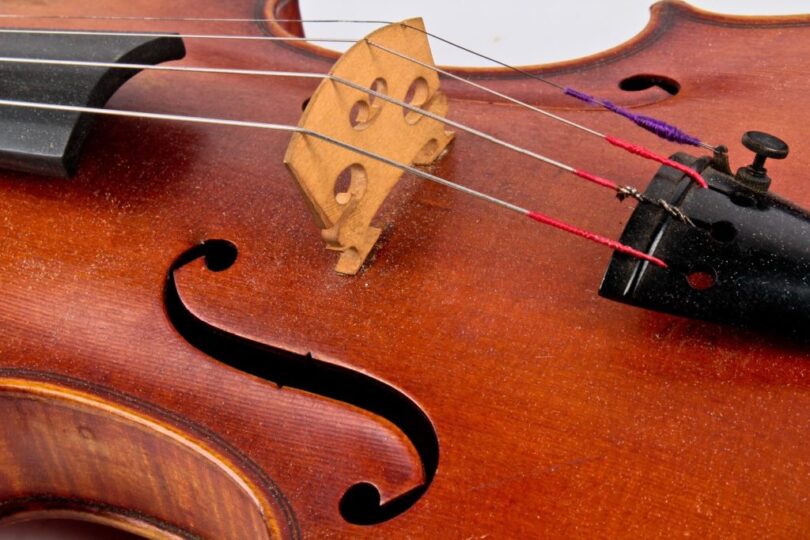The strings on your violin make the sound, and they’re powerful since it can change both the tone and how your violin is to play. No matter how excellent you are, you need to know how to choose and change strings correctly if you want to keep your instrument in great shape. The right strings can affect the sound of your violin, but making the wrong choice or installing them wrong might limit your creativity and potentially ruin your instrument.
Types of Violin Strings
Understanding the different types of violin strings helps you make informed choices for your playing style and sound preferences. Steel core strings also tend to last longer and cost less than other types. They’re great for students because they keep in tune and can bear the uneven bow pressure that comes with learning how to play the right way.
Synthetic core strings really sound and feel a lot like gut strings, but the good thing is they don’t need as much care, which is a good thing. These strings are also the best of both worlds: more stable than gut strings and warmer than steel cores. Many professional musicians use synthetic strings because they can do a lot of things and sound fantastic.
Signs to Replace Strings
Knowing when to replace your strings is crucial for maintaining good sound quality and preventing potential problems. The most obvious sign is when the tone becomes dull or inconsistent across different notes. Fresh strings should produce a clear, vibrant sound with good projection and responsiveness.
Likewise, if you notice any kinking, nicks, or rough spots on the strings, replace them immediately. These defects can cause the string to break suddenly, potentially scratching your violin’s finish or causing injury.
Choosing the Right Strings
Choosing the right strings for your violin depends on a number of things, such as how you play, what kind of sound you like, and what kind of violin you have. Synthetic cores might be good for classical musicians because they are warm and sophisticated. Steel cores might be good for folk performers because they are bright and last a long time.
Budget considerations matter too. While expensive strings aren’t always better, investing in quality strings appropriate for your skill level usually pays off in improved sound and playing experience.
How to Replace Strings
You need to be patient and extra careful when changing your strings. This way, you don’t hurt your instrument. First, get your tuning pegs and fine tuners to completely loosen the old strings. Never cut strings while they’re under tension, as this can cause sudden release of pressure that might damage the soundpost or other internal components.
Remove old strings carefully. Remember how they were wound around the tuning pegs. Clean the fingerboard and wipe down the violin before installing new strings..
String Tension and Tuning
Proper tension adjustment is also a big deal for both sound quality and instrument safety. Never over-tighten strings, as excessive tension can damage the instrument or cause strings to break. Taking care of strings properly will make them last longer and keep their sound quality. Use a soft, dry towel to clean your strings after each time you play to get rid of rosin and oils from your fingertips.
String Maintenance
Always store your instrument in a room with a stable temperature (not too cold and not too warm). Oh, and as much as possible, avoid touching the strings too often because your skin’s oils might affect them (more of a corrosion) and degrade the tone. Lastly, avoid gripping the violin’s strings and instead hold it by the neck.
Conclusion
Once you know how to choose violin strings and change it, it will help you grow as a musician. Changing strings often and picking the right ones improves sound quality, extends the life of your violin, and makes sure you always have the greatest possible basis for your creative expression.






